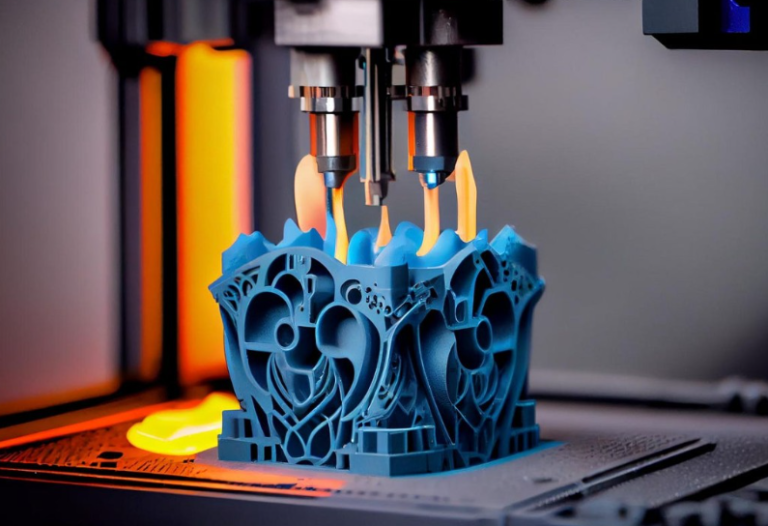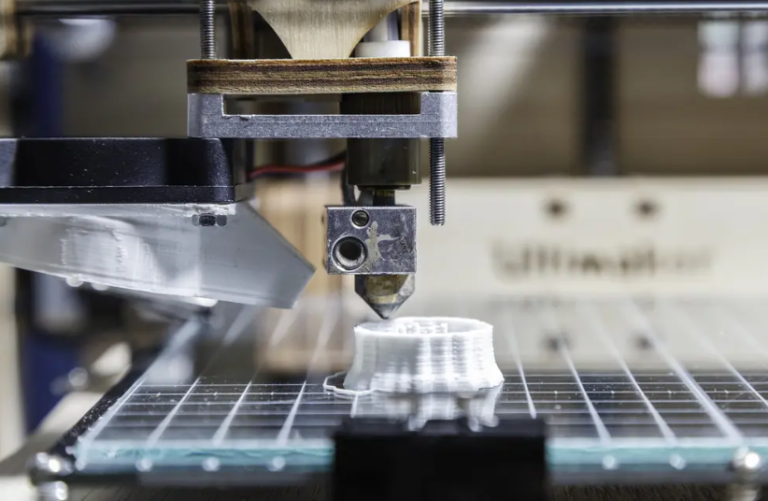How 3D Printing Is Revolutionizing the Healthcare Industry
3D printing is making significant strides in the healthcare sector. It allows for the creation of tailored medical devices, prosthetics, and even biological tissues. This technology not only enhances patient comfort but also addresses critical issues like organ shortages. As healthcare providers begin to adopt these innovations, they are witnessing increased efficiency and reduced costs. However, the full implications of these advancements on patient care and medical practices are just beginning to unfold.
Advancements in Medical Device Manufacturing
In recent years, significant advancements in medical device manufacturing have been propelled by the integration of 3D printing technology. This additive manufacturing process allows for unprecedented customization and rapid prototyping, addressing specific patient needs.
However, regulatory challenges remain, as ensuring safety and efficacy in this innovative landscape requires navigating complex frameworks. Consequently, the industry is evolving to balance innovation with compliance and patient trust.
Custom Prosthetics and Implants
While traditional prosthetics and implants often fall short in meeting individual patient needs, 3D printing technology has revolutionized the field by enabling the creation of highly customized solutions.
This innovation allows for personalized solutions that cater to unique anatomical requirements, significantly enhancing patient outcomes.
As a result, individuals experience improved comfort and functionality, empowering them to reclaim their independence and quality of life.
See also: Exploring the Role of Technology in Mental Health Care
Bioprinting Tissues and Organs
As advancements in 3D printing technology continue to evolve, bioprinting has emerged as a groundbreaking solution in the field of regenerative medicine, allowing for the fabrication of complex tissues and organs.
This innovative approach in tissue engineering holds immense potential to transform organ transplantation, addressing donor shortages and rejection issues.
Cost Reduction and Efficiency in Healthcare Delivery
The advancements in 3D printing technology, particularly in bioprinting, not only promise revolutionary changes in organ transplantation but also contribute significantly to cost reduction and efficiency in healthcare delivery.
Conclusion
In summary, the ascent of 3D printing in healthcare represents a transformative shift, subtly reshaping the paradigm of patient care. By fostering the production of bespoke medical solutions and nurturing the potential for biofabrication, this technology not only addresses the pressing dilemmas of organ scarcity but also enhances the overall patient experience. As the industry embraces these innovative advancements, it gently paves the way for a future where personalized medicine flourishes, ultimately elevating the standards of healthcare delivery.






